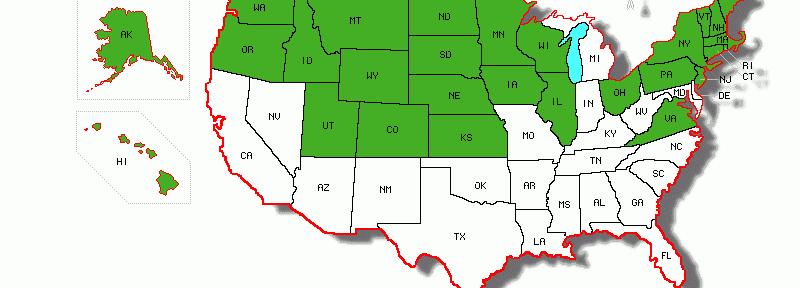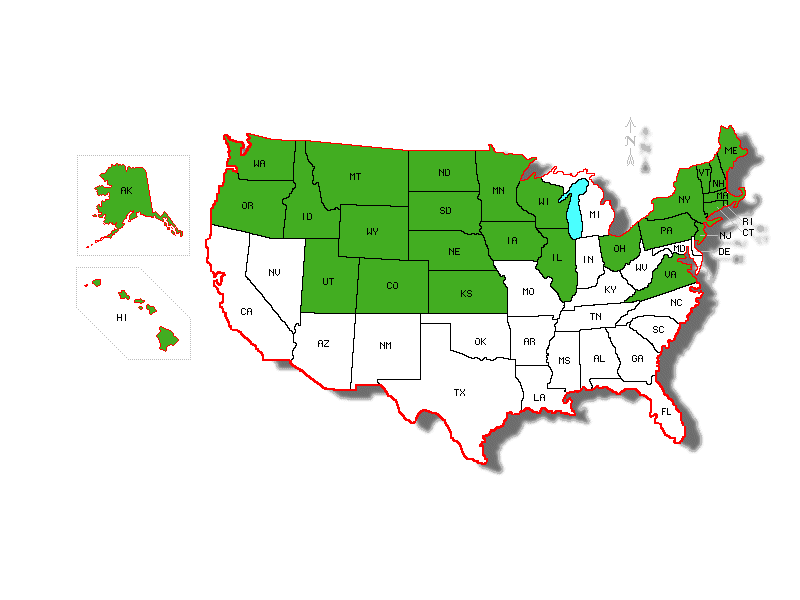From: Greg Fisher [mailto:greg@creditscoring.com]
Sent: Thursday, June 27, 2013 2:38 PM
To: Greg Brock, senior editor, Standards, New York Times
Subject: Error: American history, credit scores
Thank you for replying. See today’s message and your response at https://blog.creditscoring.com/?p=5142 (“The McConnell Bind”).
Recently, I have been looking into media accuracy, errors and corrections and their consequences. Here are two more errors that exist on your website.
In “Obama Presses Israel to Make ‘Hard Choices,’” dated May 23, 2011, you published, “’The U.S. ought not to be trying to push Israel into a deal that’s not good for Israel,’ the Senate majority leader, Mitch McConnell of Kentucky, said on ‘Fox News Sunday.’”
And, in “Framing the Debate” (February 25, 2010), you state, “Republicans, including the Senate majority leader, Mitch McConnell, and the House leader, Representative John A. Boehner of Ohio, have called on Mr. Obama to discard the plan unveiled on Monday, as well as the bills adopted by the House and Senate late last year, and to start over.”
Of course, Mitch McConnell is not (and has never been) Senate Majority Leader. Will you make a correction today?
Having received no response about an issue I raised—after your publisher’s office acknowledged my message over two months ago—I am binding your American history errors to those about employers and credit scores and credit score statistical distribution.
—
Greg Fisher
The Credit Scoring Site
creditscoring.com
Page A2
pagea2.com
PO Box 342
Dayton, Ohio 45409-0342

